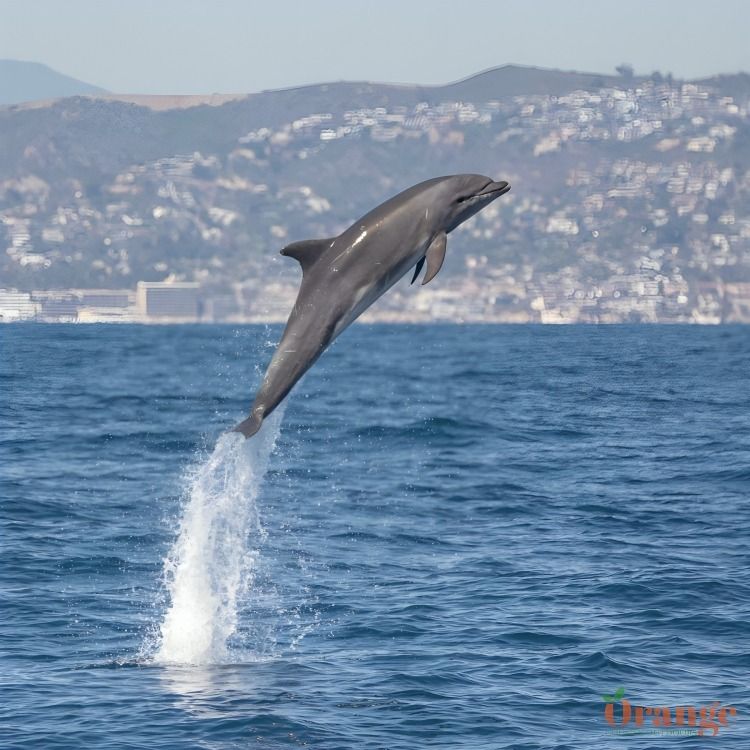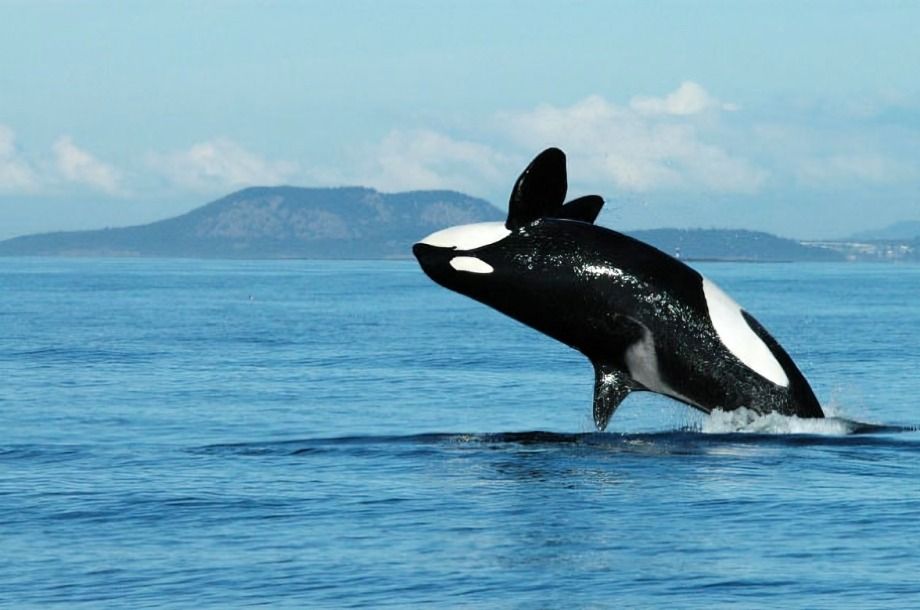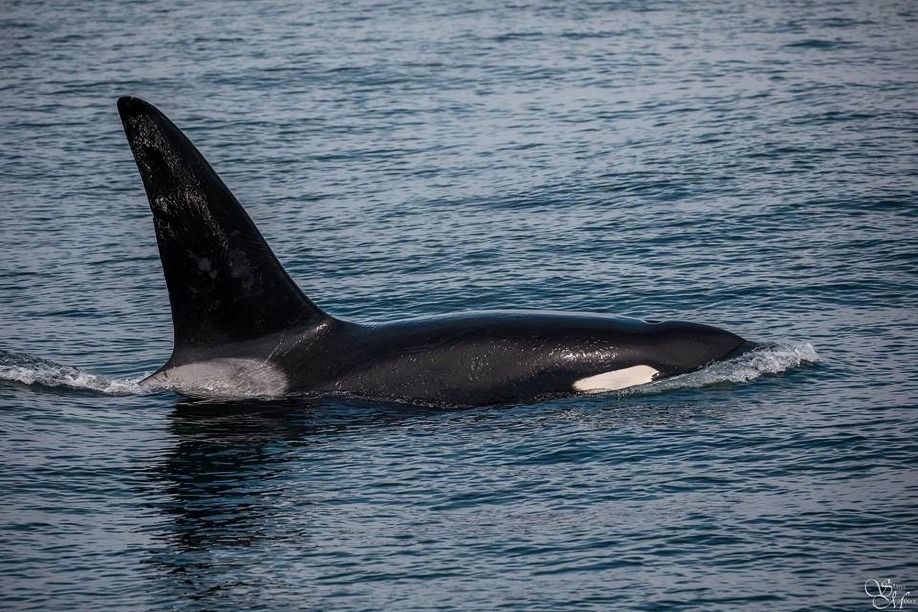
“
These intelligent marine mammals have fascinated humans for centuries with their playful antics, complex social structures, and remarkable adaptations. In this blog post, we'll explore 20 fascinating facts about dolphins that highlight their unique behaviours, ecological roles, and importance in our oceans. From their incredible communication skills to their graceful swimming abilities, get ready to be amazed by these beloved creatures of the sea. Let's embark on an educational journey and uncover what makes dolphins truly extraordinary!1
1
”
Dolphins sleep with one-half of their brain at a time, allowing them to stay alert to predators and other dangers while resting. This unique adaptation ensures they can come up for air and stay vigilant even when asleep.1
Some dolphins use tools like sea sponges to protect their snouts while foraging on the seafloor. This behaviour demonstrates their advanced problem-solving skills and adaptability, showcasing their intelligence.2
Dolphins use echolocation to navigate and find food in the water. They emit clicking sounds that bounce off objects, helping them create a mental map of their surroundings. This ability allows them to hunt efficiently, even in murky waters.3
They are among the fastest swimmers in the ocean, reaching speeds of up to 37 miles per hour (60 kilometers per hour). Their speed and agility help them escape predators and catch prey. Dolphins' streamlined bodies are designed for efficient swimming.4
Dolphins communicate through a variety of sounds, including clicks, whistles, and squeaks. Each dolphin has a unique whistle that acts like a name. This complex communication system allows them to interact and coordinate with each other.5
Dolphins have a fascinating pregnancy period that lasts approximately 12 months, varying slightly between species. During this time, the mother provides essential nutrients to the developing calf through the placenta. 6
In the wild, dolphins can live for 20 to 50 years, depending on the species and environmental factors. Their lifespan is influenced by factors such as food availability, predation, and human activities. 7
Dolphins are carnivores, feeding on fish, squid, and crustaceans. They use their sharp teeth to catch and eat their prey. The diet is diverse, and they are skilled hunters, often working together to capture food.8
Dolphins create bubbles to herd prey to the surface while hunting. They also use a technique called 'fish-whacking,' where they slap fish with their tails to stun and capture them more easily.9

Some bottlenose dolphins (Tursiops truncatus) can leap up to 7.92 meters (26 feet) from the water's surface when trained. This impressive feat showcases their agility and strength, often demonstrated during performances and research activities.
Dolphins are renowned for their acrobatic jumps, frequently leaping several meters out of the water. This impressive ability not only showcases their agility but also serves as a form of communication and play in their social interactions.10
Dolphins are considered one of the most intelligent animals on Earth, capable of problem-solving and learning complex tasks. Their cognitive abilities have been the subject of extensive research. 11
Dolphins are marine mammals, so they need to come up to the surface to breathe air. They also give birth to live babies, unlike fish, which lay eggs. Their unique dependence on both water and air makes them fascinating creatures.12

Despite its name, the largest dolphin species is the killer whale (Orcinus orca), a member of the dolphin family Delphinidae. Males typically range from 6 to 8 meters, with an exceptional male reaching 9.8 meters and over 10 tonnes.
Bottlenose dolphins typically swim at about 2 mph, but they can sprint up to over 30 mph in short bursts. Despite their usual slow pace, they are capable of impressive speed when needed.13
Underwater noise pollution poses a significant threat to dolphins, disrupting their communication, navigation, and hunting abilities. The increasing presence of noise in the oceans can have detrimental effects on their health and overall well-being.14
Dolphins are vulnerable to pollution, habitat destruction, and accidental capture in fishing nets (bycatch). These human-induced threats pose significant risks to their populations. Conservation efforts are crucial to mitigate these dangers.15

The adult male killer whale (Orcinus orca) boasts the tallest dorsal fin of any dolphin or cetacean, reaching up to 1.8 meters, about the height of an adult man. This species is found in all oceanic regions worldwide.
The Amazon River hosts four unique species of river dolphins found nowhere else on Earth. These freshwater dolphins thrive in the river's unique ecosystem, making them a rare and distinct part of the planet's biodiversity.16
Dolphins possess exceptionally large brains relative to their body size, even surpassing human brain size in proportion. This significant brain-to-body ratio is linked to their advanced cognitive abilities, social behaviours, and complex communication skills.17


